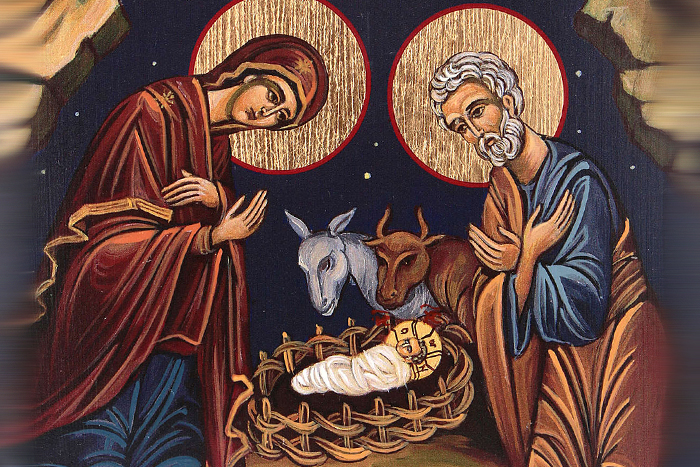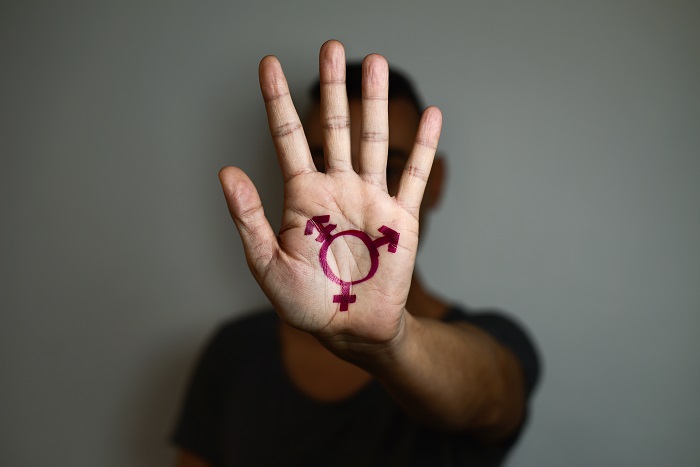
Just as it is difficult to gain a true perspective of the size of a mountain when one is actually on the mountain, so it is difficult to understand how revolutionary a change is when in the midst of the revolution. And we are today in the midst of a great revolution, a dramatic shift in the way we understand human nature. That is, our culture in the West is changing the way it understands gender.
This change is all-encompassing, and expresses itself in such large movements such as feminism, gay rights, and now transgender rights.
The change is not a matter of refining or tinkering with past approaches. Past approaches are not so much moderately altered as completely overthrown. The revolution regarding gender is radical and vociferous, and like all devout revolutionaries, its advocates are taking no prisoners, which accounts for much of the rhetoric and verbal violence in America’s culture wars. If the Lord tarries, historians hundreds of years hence will look back on the late twentieth and early twenty-first centuries as the time when the West waged war on the way its ancestors understood gender differences from time immemorial. Those reading sociology will speak of a fundamental paradigm shift. Those reading Screwtape will wonder if the revolution was not the result of far-reaching decisions taken by “our father below”.
The ancient approach saw gender as a divine gift. Judeo-Christian texts spoke of our gendered existence with its resultant differing roles as ordained by God at creation: “So God created man in His own image; in the image of God He created him; male and female He created them” (Gen. 1:27). Islam inherited this understanding of gender, and even the pagans who did not read Scripture of any kind understood maleness and femaleness as basic and stable categories. That is why they privileged legal marriage above unregulated sexuality. Certain pagans (Greeks for example; the Romans were slower to follow) had no problems with pederasty, but they still insisted on heterosexual marriage as the foundation for a stable society.
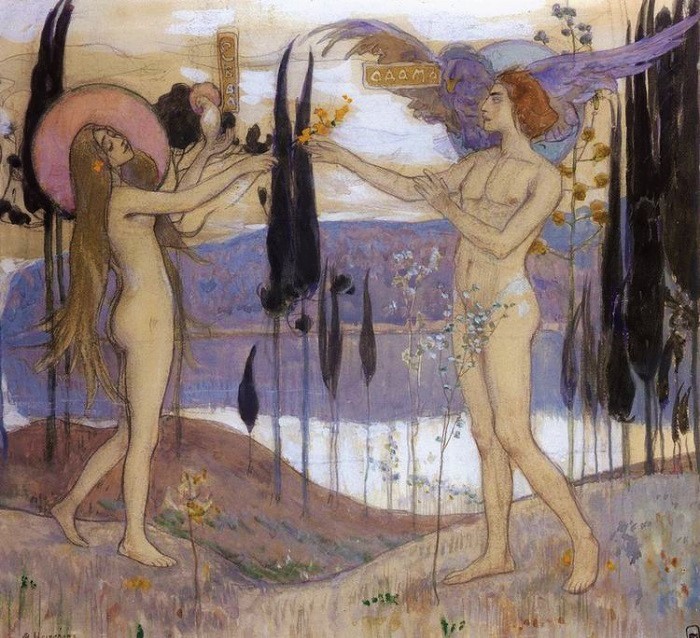
As far as everyone until the mid to late twentieth century was concerned, you were born either male or female, and certain rare anatomical or other medical anomalies aside, that set you on the path of life and provided you with specific roles and responsibilities. Men were to behave in a certain way, as were women. To be sure, the prescribed behaviours contained a fair degree of latitude—“tom boy” behaviour, for example, was still acceptable for girls, and men could knit if they wanted to—but the basic path was fairly clear, even if it was wide. And this was not confined to the Judeo-Christian or the Islamic traditions. As C.S. Lewis illustrated in his book The Abolition of Man, these norms could be found in all cultures. He termed this “the Tao”, and recognized it as the universal practice of mankind.
The revolution in the West began in the 1960s, with what was then called “Women’s Lib”. Women’s Lib found cultural acceptance because much of it seemed to be simple common sense, and because the Suffragette movement demanding for women the right to vote had partly prepared the way for it. Though not introducing radical or harmful change in the basic understanding of gender roles, Women’s Lib prepared people to regard change as essentially a good and much-needed thing, and this openness to change would continue to govern basic attitudes when more far-reaching changes were proposed. Women’s Lib also drew heavily upon the language of racial civil rights, and presented itself in terms of an analogous struggle. The emphasis here is upon the word “struggle”, since the movement used the tactics of protest (famously with its symbolic bra-burning and its marches), and its labelling of its opponents as enemies of enlightenment and progress. The seeds of a future culture war may thus be traced to this early predilection for protest.
Despite the use of angry denunciation of perceived oppression and inflammatory rhetoric that increasingly characterized the diverse feminist movement, the radical changes first appeared with the gay rights movement. Here too we observe a progression. What began with a simple act of decriminalization continued with a demand for social acceptance of an alternative lifestyle as if it were as valid as traditional marriage. Thus, first came demands for social acceptance and non-discrimination, then came a demand for the provision of legal civil unions between homosexuals, and then a demand for providing legal marriage for them. Inherent in these demands was the assertion that maleness and femaleness were not all-encompassing roles, but simply anatomical realities which did not bring with them any societal roles or norms. Thus, one could be born anatomically male but still seek sexual union (socially legitimized through marriage) with another male—or, with both males and females. Anatomy had been definitively sundered from gender role and its accompanying sexual “preference”. Indeed, the very language used—“sexual preference”—presupposes that one gender could be preferred as easily as another. Formerly, men did not just “prefer” women, but were ordained to this choice, if not by internal sexual desire for women over men, then at least by divine law. Now one could “prefer” male to female as easily and legitimately as one could prefer chocolate to vanilla.
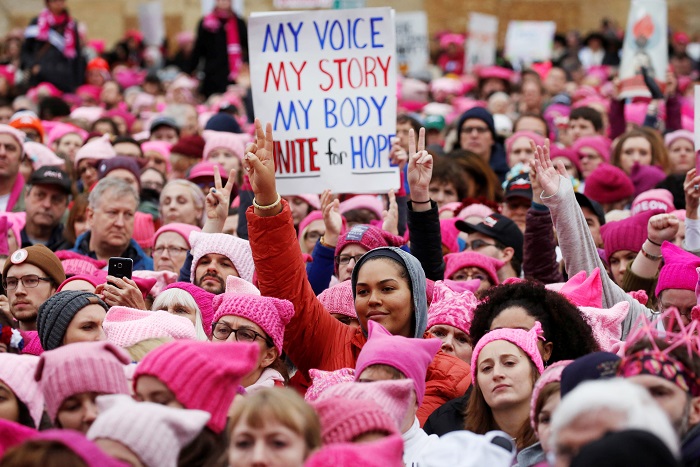
The next step was to sunder anatomy not just from gender role but from gender identity. In this move to legitimize transgenderism, it was asserted that one could be born anatomically male and yet still “be” a woman. There was no objective way to tell if a person “was” a male or a female. All now depended upon a person’s subjective feelings and which gender one “identified with”. And throughout this long progression of change, its advocates continued to employ the rhetoric of civil rights, indignantly denouncing their opponents as bigots and cultural Neanderthals. The culture wars were now raging loudly. In the din, the voice of the historic Christian Faith, replete with both inviolable standards and subtle nuanced distinctions, was usually shouted down.
Thus those who identify as gay or transgender now occupy the role of noble victim in constant danger of harm, while those who oppose the new revolution occupy the role of dangerous cultural criminals, whose bigoted opposition to the new revolution threatens very lives of those in the LGBQT community. Those assigning these roles are often driven by a self-righteousness that takes no prisoners and justifies any amount of hatred, anger, and bullying.
The revolution is poised to continue, driven as it is by its own interior logic. If physical anatomy counts for nothing, then it counts for nothing. If the will (or preference) is sovereign, then it is sovereign. That includes not just the gender of the sexual partner, but also the number of partners. Or the age of the partners. Paedophilia (or “minor attraction” as it calls itself) is currently beyond the pale of general acceptability, but the landscape of the debate and its borders are shifting quickly. No one living in 1950 could have foreseen the current situation. It is therefore possible that the presently radical call for the acceptance of “minor attraction” will one day become mainstream. Where the revolution will end is anyone’s guess. I myself believe that the end is not yet in sight.
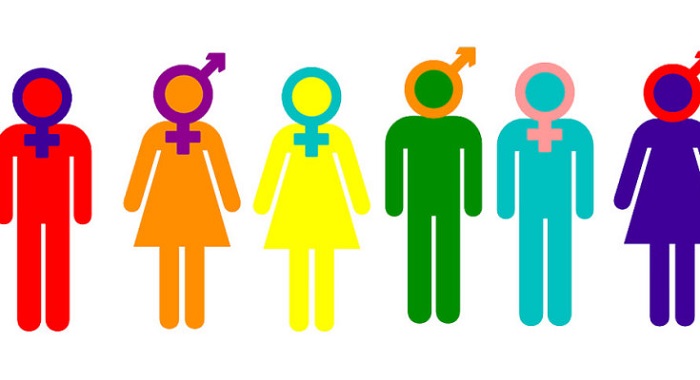
The question remains: what is the problem with the revolution? Who is it hurting? Granted that the gender revolution (or “gender confusion”, depending upon point of view) overturns the way humanity has regarded itself since the beginning, why it that wrong? Much could be said, but a single reply will have to suffice. In the new paradigm offered us, what was once regarded as “true manhood” is labelled toxic in some places, and is fast becoming extinct.
What does it mean to be a “real” man? True manhood involves more than simple sexual “preferences” or the question of who takes out the garbage. It involves primordial self-defining symbolism and emotions springing from the deepest hidden levels. To be a real man is to relate to those weaker—notably women and children—with gallantry, protection, and self-sacrifice. (Christians will note that this is how Christ, as a real Man, related to His bride, the Church.) We note this in a thousand ways: the man proposes the woman on bended knee, (not vice-versa), and in situations of danger, the man defends the woman even at the cost of his life. And this last example applies not just to the man’s own wife, but to any woman, precisely because she is a woman. Womanhood was considered as sacred per se.
This could be observed in the investigations following the sinking of the Titanic: witnesses were emphatic that some lifeboats contained only women and children, the men sacrificing themselves to save them. Doing anything less—taking a space in a lifeboat that could have been taken by a woman or a child—would have violated their manhood. Manhood and masculinity, increasingly derided as toxic by definition, included both the symbolism and actions of gallantry. A true man was a knight.
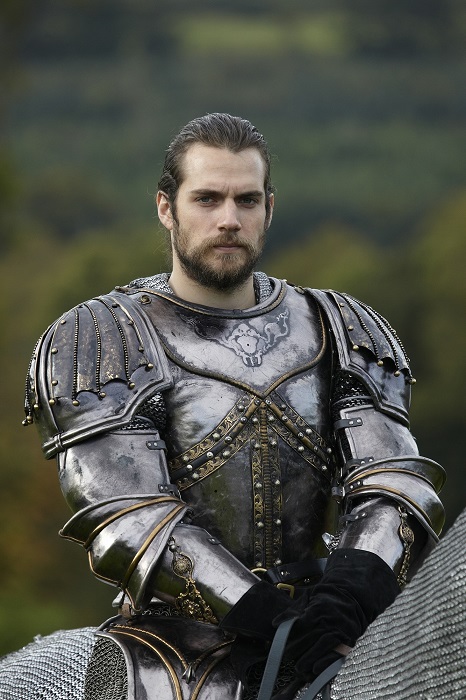
It is true of course that acts of bravery and self-sacrifice can be and are done by women and children, and of course by homosexuals and transgenders. Anyone can become brave. But that is just the point: since bravery and self-sacrifice are no longer part of what it means to be a man, one does such heroic acts only if one is a hero. But heroism is not common (which is why it is applauded when found). One may or may not feel oneself called to heroism and bravery. But in the old paradigm a man sacrificed himself not because he felt called to extraordinary heroism, but simply because he was a man. The gender role he inherited by virtue of his anatomy contained within it the moral imperative of sacrificing himself, if need be, for women and children.
It is just this protection that real men once offered that is so desperately needed now. We now rely upon “public education” (i.e. propaganda) and the stigma attached to being politically incorrect to motivate people to gallantry, self-sacrifice, and bravery. We can see how well this is working (or not working), by how dangerous the nights remain for women and other vulnerable people. The cry of those trying to educate the public is to “take back the night”. More helpful perhaps would be sustained reflection upon how the night was lost in the first place.



